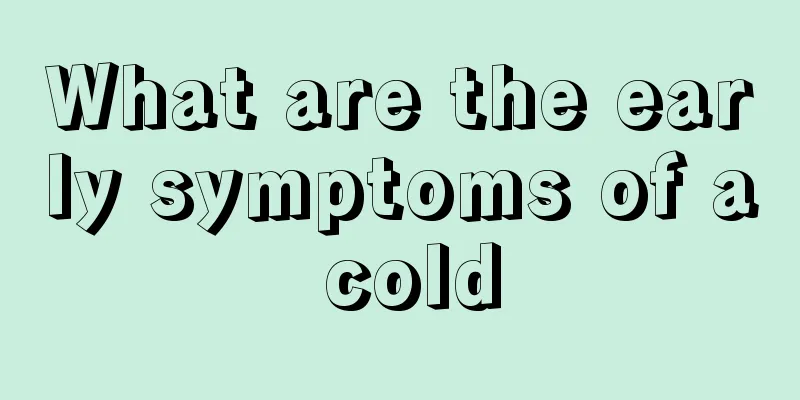What are the first aids for hypocalcemia

|
The occurrence of hypocalcemia can cause great harm to patients. If timely emergency measures are not taken, it may even be life-threatening. Therefore, scientific treatment is necessary. If convulsions occur, calcium chloride or calcium gluconate injections can be used. 1. First aid measures Severe hypocalcemia can lead to hypocalcemic crisis, which is life-threatening and requires active treatment. 1. 10% calcium chloride or 10% calcium gluconate 10-20 ml (10 ml calcium gluconate contains 90 mg elemental calcium), slowly push intravenously. If necessary, repeat within 1 to 2 hours. 2. If the convulsions do not stop, add 20-30 ml of 10% calcium chloride or 10% calcium gluconate to 1000 ml of 5%-10% glucose solution and continue intravenous drip. The speed is less than 4 mg elemental calcium/(h·kg) body weight. Check blood calcium 2 to 3 hours later and it should be around 2.22 mmol/L (9 mg/dl), which should not be too high. 3. The effect of calcium supplementation is not good. You should pay attention to whether you have hypomagnesemia and supplement magnesium if necessary. 4. When symptoms improve, you can switch to a high-calcium diet and take oral calcium supplements plus vitamin D (nutritional vitamin D or active vitamin D). 2. Disease Prevention 1. Actively control the primary disease and have regular physical examinations. Hypocalcemia is common after thyroid or parathyroid surgery. 2. Increase sun exposure, proper nutrition, and prevent malnutrition-induced hypocalcemia caused by weight loss, chronic diarrhea, etc. 3. Calcium supplementation is not a panacea. Menopausal women or osteoporosis patients who take calcium and vitamin D preparations for a long time should drink plenty of water and regularly test blood calcium and urine calcium levels to prevent calcium supplementation from causing hypercalcemia. 3. Expert opinions When serum protein concentration is normal, blood calcium below 2.2mmol/L (or 2.1mmol/L) is called hypocalcemia. Hypocalcemia often has no obvious clinical symptoms. However, a rapid drop in blood calcium concentration or persistent hypocalcemia can cause severe neurological and cardiovascular symptoms, which can be life-threatening in severe cases. Generally, hypocalcemia is accompanied by a primary disease. Active treatment of the primary disease, calcium supplementation, proper exercise, daily sunshine, and reasonable nutrition can prevent its occurrence. However, excessive calcium supplementation should be avoided to avoid hypercalcemia. |
<<: It turns out that horizontal lines on a man's forehead have these meanings
>>: What causes headaches due to low blood calcium?
Recommend
What is the best food for prostate tumor
Prostate cancer is a malignant tumor disease of t...
Dietary considerations for chemotherapy of endometrial cancer
Endometrial cancer is a very common disease in ou...
The most important thing is to do a good job in preventing lung cancer
Lung cancer is a common tumor disease in my count...
The impact of smoking and staying up late on sperm
Both husband and wife need to adjust their bodies...
Introduction to the treatment of Crohn's disease
When Crohn's disease occurs, we must not igno...
Reasons for acne around the philtrum
The philtrum is a very important acupuncture poin...
Can silver cure rheumatism?
Rheumatism is a very painful disease. It can caus...
Are parasites visible to the naked eye?
Everyone is particularly afraid of some parasites...
How to deal with mold on the wall
Rooms that are not occupied for a long time or ha...
What oil to use for breast massage
Essential oils are used in many aspects. Essentia...
Urinary incontinence can be divided into
The symptom of urinary incontinence mainly occurs...
How much is the cost of treating gallbladder cancer metastasis
How much is the cost of gallbladder cancer metast...
Can Hepatitis C be cured?
Hepatitis C is currently mainly treated with inte...
What are the methods to eliminate double eyelid scars
Friends who have undergone double eyelid surgery ...
What are the benefits of eating watermelon with salt?
Watermelon is a summer fruit that is huge in size...









